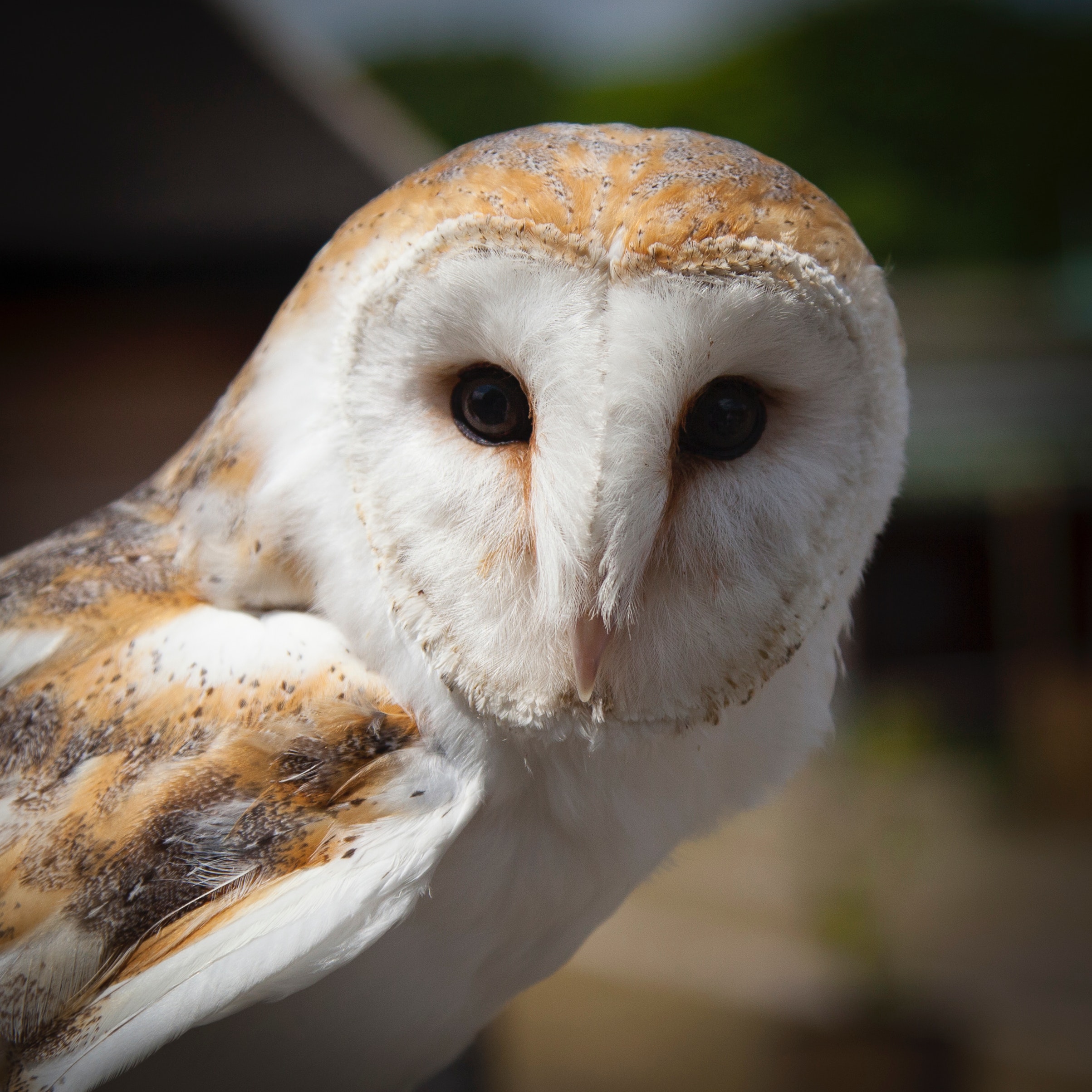The Line Between Light and Dark
/The concept of good and evil, warriors of light and darkness is something that we have been exposed to in nearly everything we watch, read, and play. There are good guys and there are bad guys, nothing between them or beyond them. The one thing I find most appealing in worlds of others’ imaginations is the use of confusing what is good and what is bad. Today I want to look at what makes the battle between the two so interesting, if done correctly.
While a piece of art can be successful with the use of generic good and bad—something we see frequently in Hollywood films—it isn’t necessarily because the writing surrounding the concept is well done. The use of characters, the combat scenes, even the world-building in general can carry the generic approach to good and bad.
The way I see it, and the way I believe it to be, the good/light in a story can and should be equally as mentally corrupt as the bad/darkness. The good guys typically want to eradicate the bad from the world, right? Sometimes the good side will go to extreme lengths to do so, just as the bad often does. While the good and the bad want vastly different things, their methods are almost always the same: rid the world of their perceived problem.
Picture someone—a person you know or an established fantasy role—that is incredibly devoted to the light; a Paladin, per se. They are righteous and want to cleanse the world of evil. They are the warriors that are typically closest to the gods. They do their god’s bidding while never second guessing it. This is something that is commonly accepted due to the nature of people wanting to see the good side succeed but this is where it gets boring. We get the Paladin is a good guy and that his god is a holy being, but what sort of things does this god whisper into his ear? Was this Paladin a normal person before but was chosen against his will to fight? Small things like this that make your reader think can add much more depth to not only the conflict between good and bad, but also the character itself. Make them question if the light’s way is the best option. The line between light and dark is so… very thin. If you want to create a world that is more than just what you present, try to make your reader feel that.
There is never one side that is completely correct, and I think that applies to more than just fiction. We tell things how we want them to be told and our memories tend to include elements of fiction. I think it is essential that we create characters, greater beings, bad guys, and side-characters that we doubt at times, even if it is the main character. There are many ways of doing this other than just having a good guy versus bad guy approach, but if you are thinking of or creating a story that does have elements that were mentioned above, take some more time to think about what exactly good and bad are to your story. Think about how you want it to be told, but also think of including the right amount of ambiguity so that the readers can come up with many theories. It is always the most fun when the reader can participate in the telling of the story.
Tyler Connolly
Tyler Connolly is a second year student in the Professional Writing program at Algonquin College. He is passionate about fantastical stories of any form. A lot of his time is spent thinking about how little time he has. He is also quite fond of Owls and Foxes.



